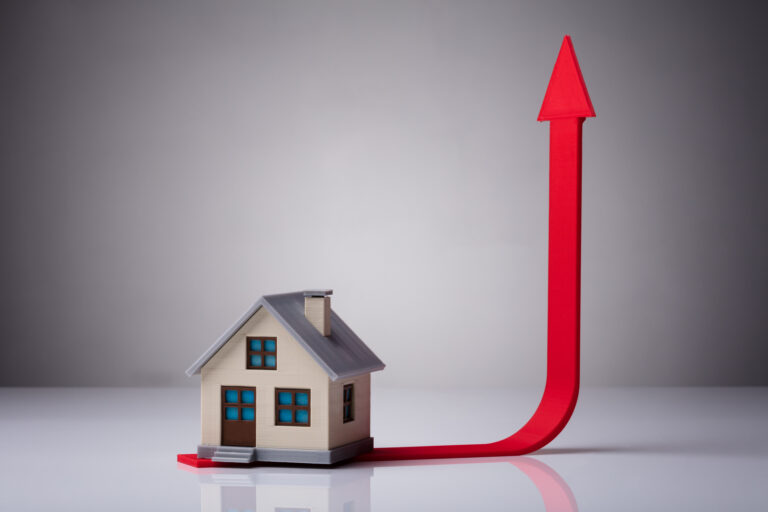Queensland is in the midst of a rental crisis with a statewide vacancy rate of just 0.7% forcing desperate families to live in cars. Long public housing waiting lists and a continuing property price boom have contributed to the issue. The wait time for social housing is now about two years with some areas up to four years. Queensland Council of Social Services Aimee McVeigh says there are more than 50,000 people on the list for public housing. “We’ve got a population almost the size of Gympie on our social housing register and numbers have grown by 80% in the past five years. Absolutely this is a crisis, the likes of which we have not seen before,” she says. “Wait times have grown significantly over the last five years and almost doubled since 2017.” As the number of people moving to Queensland increases, the problem is expected to become much worse as housing stock struggles to keep up with demand.
Prices Rise As Developers Withdraw
Developers struck by rising construction costs are calling time on big Gold Coast apartment projects including a $140 million tower. High demand for property during the pandemic resulted in significant off-the-plan sales on the Gold Coast but the prices had not factored in the substantial increases in building costs which followed. Plans for the 76-unit Alegria tower at Palm Beach were recently scrapped and all buyers refunded their deposits. CoreLogic’s Tim Lawless says the cost of materials such as timber and steel has soared due to global shortages. Supply issues also resulted from the war in Ukraine and from China’s Covid lockdowns. “It means margins are being eroded, if not removed, through the speed and magnitude of cost increases,” he says. Property prices on the Gold Coast increased by more than 30% in the past year as a result of strong interstate migration and low supply. The reduction in new building will put further upward pressure on prices
Quote of the Week
“The current conditions bolster the likelihood of future rent increases and could see lower vacancy rates remain in the coming months.”
Domain chief research analyst Nicola Powel
Supply Of Rental Homes Halves
The number of homes available to rent has more than halved from the numbers available just two years ago. Domain’s Rental Vacancy Rate Report shows the number of vacant rental properties in capital cities dropped a further 5.4% last month to hit a new historic national low, which is 54% below what it was in May 2020. Vacancies ranged from a critical 0.3% in Adelaide to a still low 1.6% in Melbourne. Hobart’s vacancy rate is just 0.4%, Brisbane is 0.6% and Sydney 1.4%. RentRabbit’s Ben Pretty says many people are struggling to find somewhere to live. “That rock-bottom vacancy rate is making it an incredible struggle for so many people at the moment,” he says. “We have one woman in Sydney who’s been living somewhere with a mite infestation and mould everywhere, but she can’t move out as she’ll be homeless.” He says the low vacancy rate means some investors aren’t bothering to maintain their properties or are raising rents to unjustified levels
Results Varied In Different Markets
The Reserve Bank of Australia says housing market conditions have become more varied across the different Australian markets in the past couple of months. The RBA Board says prices, auction volumes and clearance rates have dropped a little in Sydney and Melbourne – but in most other capital cities and in regional areas prices continue to grow as a result of high demand and a shortage of supply. “Growth in advertised rents had also been particularly strong in these parts of the country, consistent with very low vacancy rates,” the RBA Board says. With the further lifting of the cash rate this week, it’s more important than ever that property investors do their research to secure assets which are going to increase in value to hedge against inflation. Many “mum and dad investors” have done quite well in the past two years, the RBA says, with substantial increases in their home equity and significant rent increases as a result of a tight rental market
RBA Lifts Official Rate To 0.85%
The RBA announced a 0.5 percentage point increase in the cash rate this week to bring it to a still low 0.85%. The move is aimed at regaining control of inflation which economists expect will near 7% by the end of this year. Inflation is set to rise as the energy crisis continues driving up power on the east coast of Australia and petrol prices continue to climb to beyond $2 a litre. This week’s rise is the second consecutive increase which has lifted the cash rate from a record low of 0.1%. Finder’s Graham Cooke says the rise will cost the average Aussie mortgagee about $1,900 a year. “The average homeowner will see their monthly repayments rise by $159 – equivalent to $1,907 per year from this increase alone,” he says. Mortgage Choice’s David Zammit says the RBA has sent a clear message it is on a path towards normalising monetary policy and further rate rises may be required










